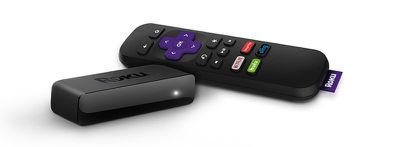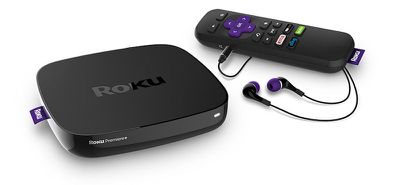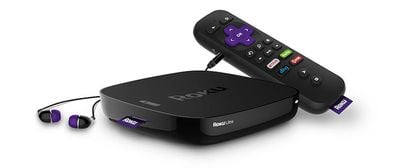Smart home platform Wink today announced the introduction of the Wink Hub 2, which the company says is "better, faster, more reliable, and more secure" than the original Wink Hub. In communication with a connected app, the device acts as a central location for users to connect a variety of smart home electronics in one place.
The 25 percent slimmer Wink Hub 2 now supports both 2.4 and 5GHz networks, and comes with an Ethernet port for smoother network connections. Wink also improved the Hub 2's wireless capabilities, so it now supports Kidde, Lutron Clear Connect, Wi-Fi, Z-Wave, ZigBee, and has an improved Bluetooth Low Energy connection. Cryptographic verification, and other hardware security features, have been added as safeguards against tampering, "and ensure Wink Hub 2 only runs trusted software."
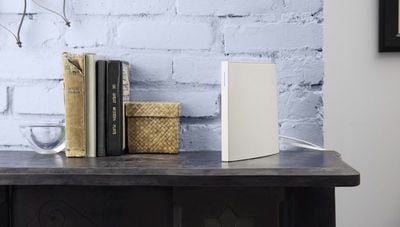
“Wink’s mission is to make the smart home accessible, and empower users to harness the real world benefits it provides in everyday life,” said Nathan Smith, Wink founder and CTO. “Wink Hub 2 enables users regardless of their technical know-how to buy the products they love from the brands they trust, and know with confidence they’ll work together seamlessly through Wink.”
A faster processor and 8x more memory than the original Hub helps Wink Hub 2 run "advanced automations" including daily "Schedules," so specific devices turn on or off at set times, and "Robots," so the activation of one product triggers actions in other products. Wink Hub 2 includes support for products from brands like Amazon, Philips, Nest, Kwikset, GE, and more. The company said that since these processes are running locally on Wink Hub 2 they gain "increased speed and reliability."

The company is also updating its iOS and Android Wink app to version 5.0, introducing a streamlined setup system for new users, and a no-hassle hub-to-hub transfer process for existing Wink Hub owners.
Wink Hub 2 will be available in late October for $99 at The Home Depot, Walmart, Amazon, and Wink's own website. The company will also continue to sell the original Wink Hub for $69 at the same retail and online locations "while supplies last." Users can download the free Wink app from the iOS App Store [Direct Link] now, and the update is said to be launching sometime soon.
Update: Wink 2 is now available for $99 from Wink.com, The Home Depot, Walmart, and Amazon.


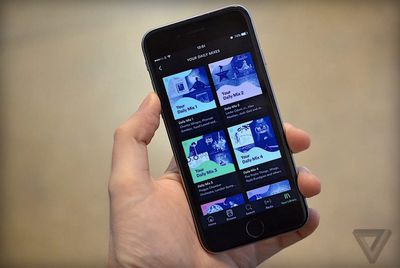
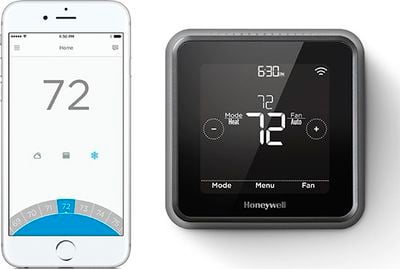
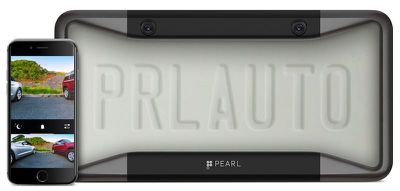
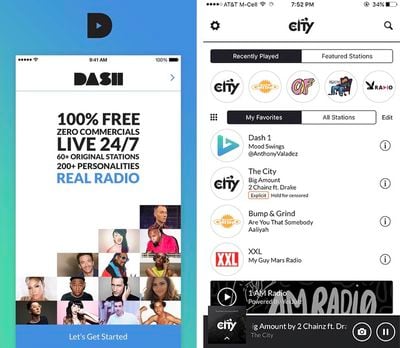
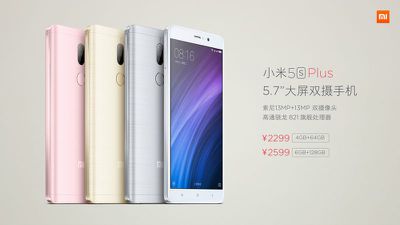
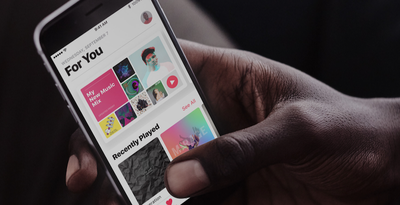
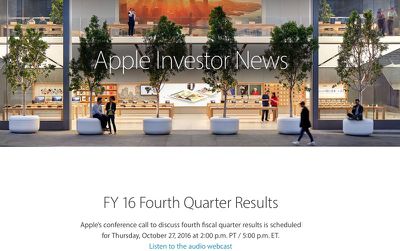
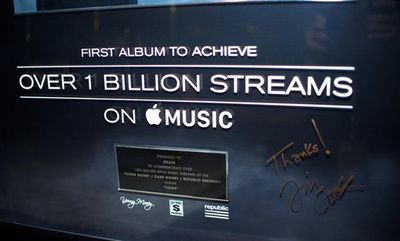

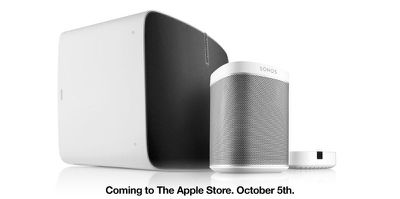
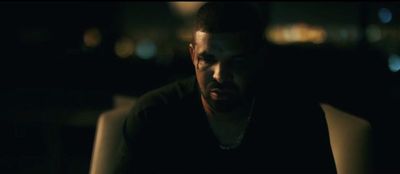
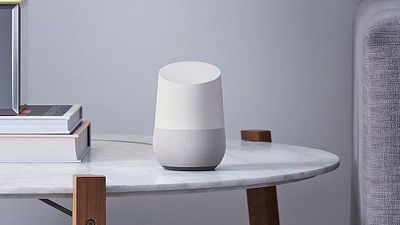

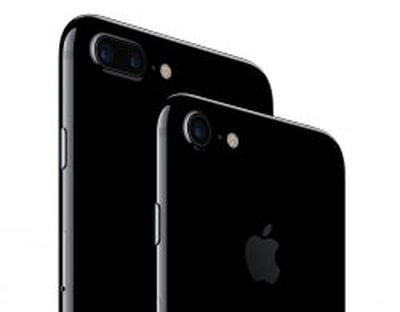 Apple's new Jet Black color is a
Apple's new Jet Black color is a 